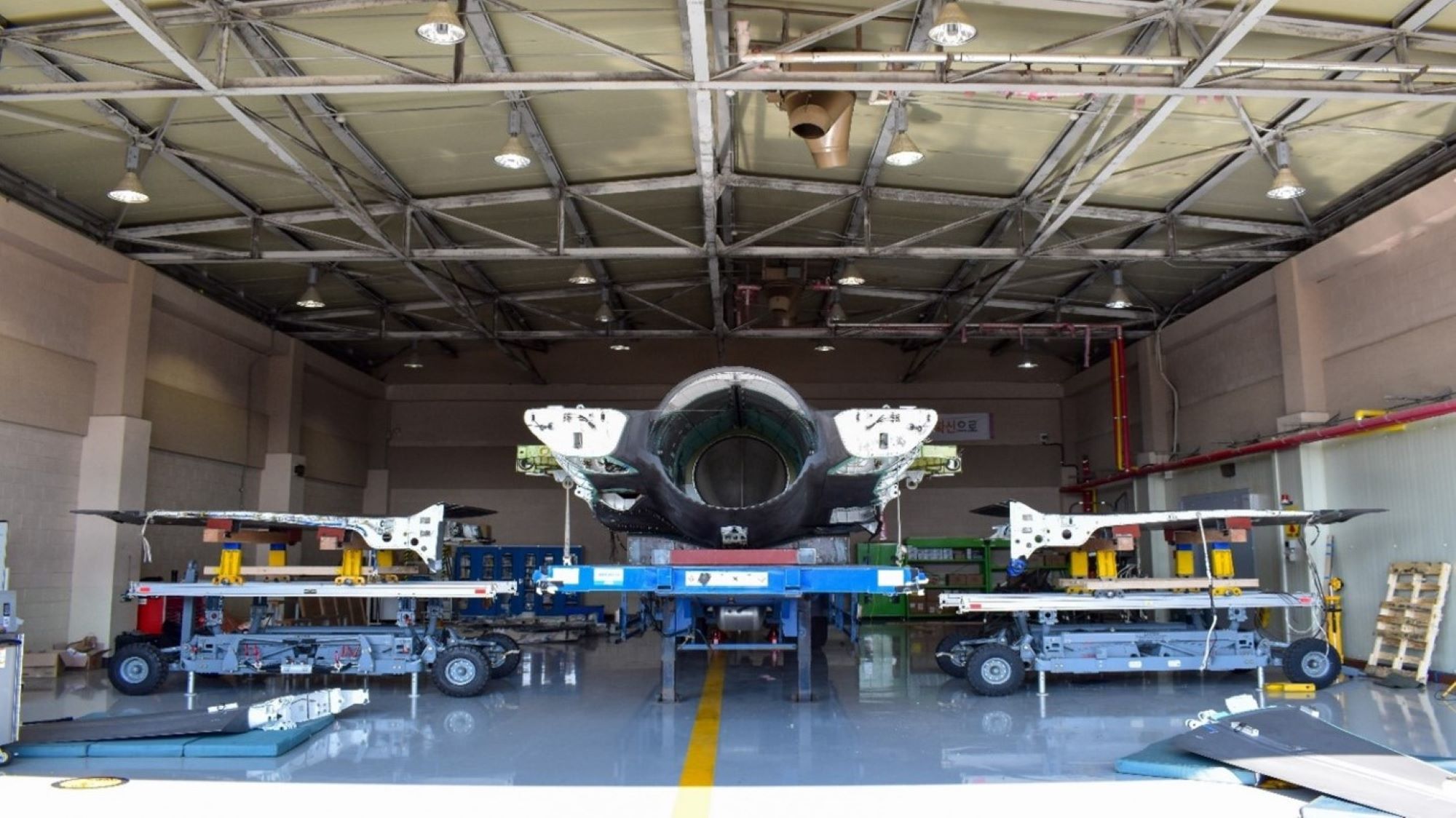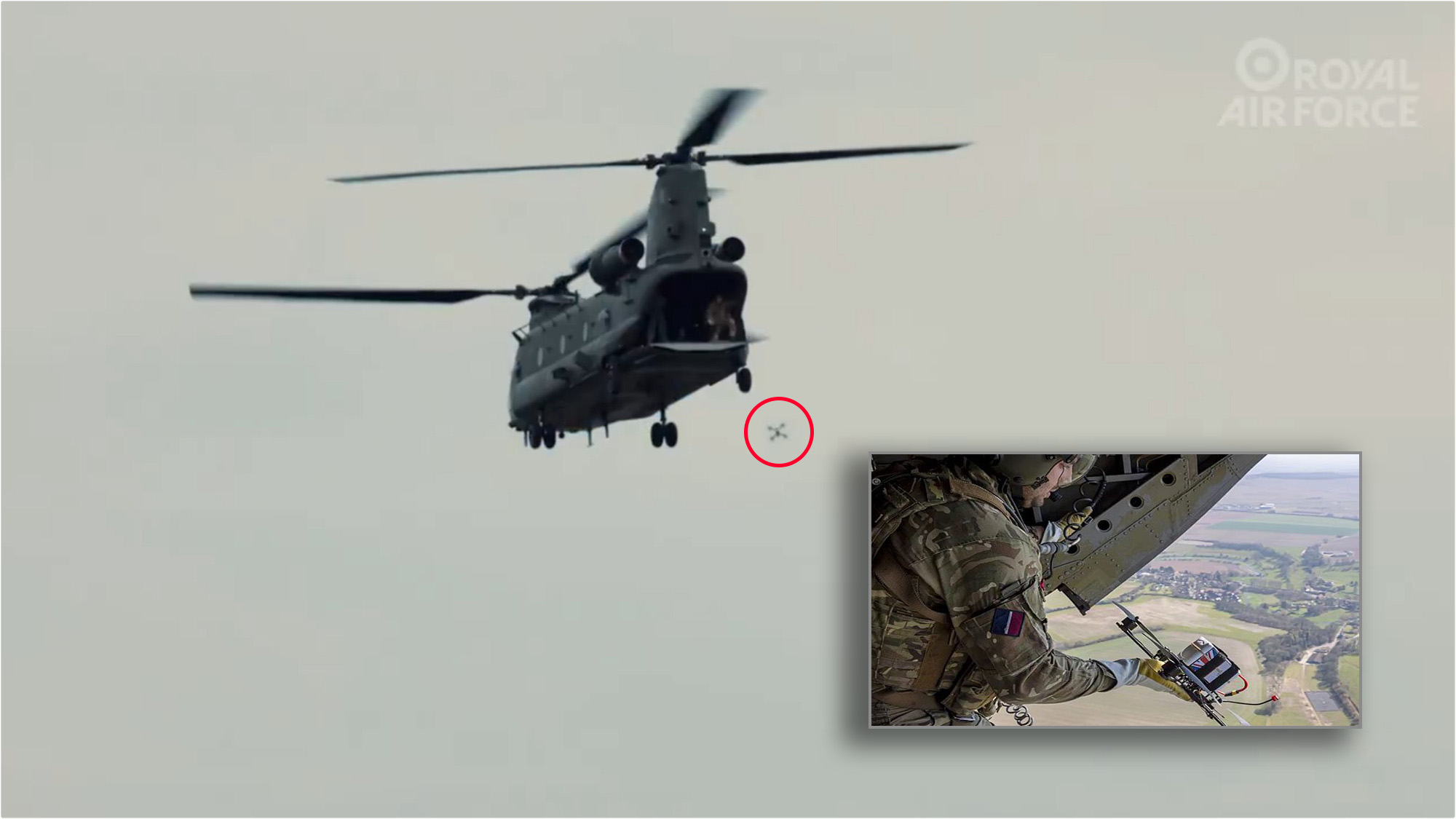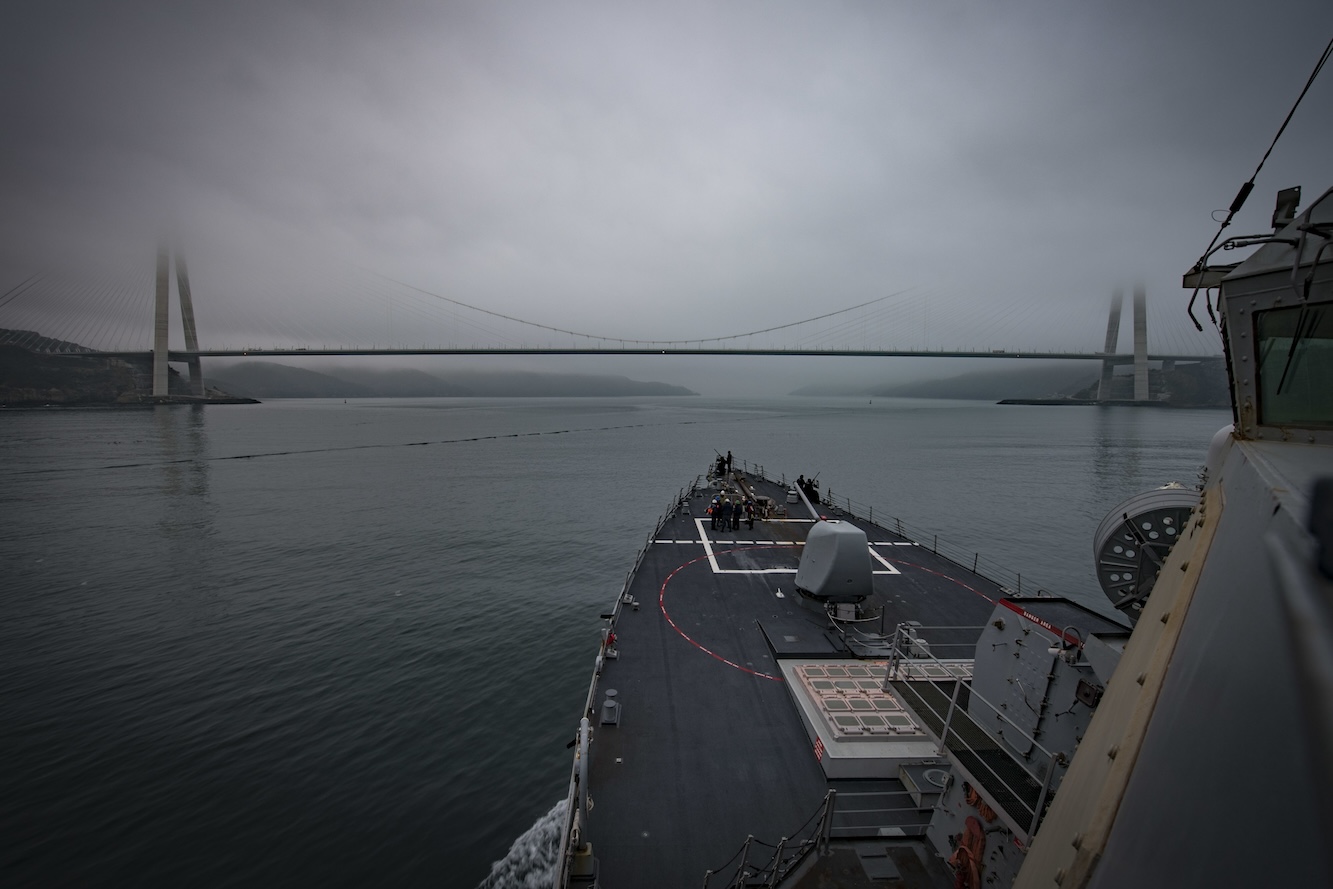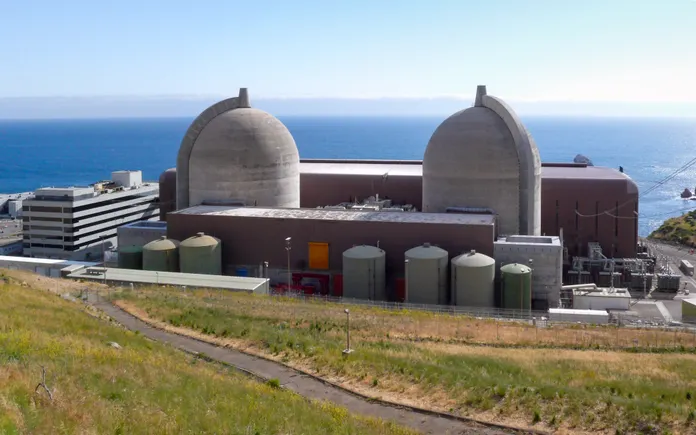SONAR unveils Trade War Command Center amid supply chain volatility
Integrating multimodal transportation data with inventory data is key. The post SONAR unveils Trade War Command Center amid supply chain volatility appeared first on FreightWaves.

In response to the escalating complexity of global trade disruptions, SONAR has launched its Trade War Command Center, a comprehensive solution designed to help logistics professionals navigate the unpredictable landscape shaped by recent trade policies. The platform comes at a critical time as supply chains continue to face pressures from shifting trade agreements, tariffs and geopolitical tensions that have characterized international commerce in recent years.
The Trump administration’s aggressive trade policies, including tariffs on billions of dollars of imported goods, have created unprecedented challenges for logistics managers, procurement teams and supply chain strategists. These policies have forced companies to reconsider sourcing strategies, routing decisions and inventory management practices, often with limited visibility into how these disruptions ripple through the global supply network.
The Trade War Command Center aims to address these challenges by offering a unified view of international and domestic freight flows, warehousing pressures, and trade lane shifts. Located under the platform’s Insights dropdown menu, this centralized dashboard provides users with the ability to monitor multiple freight modes simultaneously while tracking inventory and warehouse trends that signal future market movements.
At the heart of the Command Center is a suite of data-driven tools designed to provide comprehensive market intelligence. The platform tracks ocean container booking volumes for the top 10 U.S. ports and countries shipping to the U.S., offering forward-looking insights into container movements that help identify emerging or declining trade lanes. Complementing this view, U.S. Customs TEU import volumes provide data when the freight is actually landing, allowing users to identify ports gaining or losing market share amid shifting trade patterns.
For domestic logistics planning, the platform incorporates National Truckload Volumes data to gauge inland freight demand and potential capacity constraints. Intermodal Container Volumes tracking offers visibility into both international and domestic rail shipments across the top 10 rail terminals, providing crucial information about mode shifts that often occur in response to trade disruptions.
Perhaps most innovative is the integration of the Logistics Managers’ Index, enabling users to easily compare freight movement data with broader supply chain metrics. This feature tracks inventory levels, indicating whether shippers are restocking or depleting – a critical signal for forecasting future freight demand. The platform also monitors warehouse capacity and pricing, enabling users to anticipate storage constraints and cost pressures that frequently accompany trade disruptions.
“Whether you’re managing procurement, transportation or logistics strategy, this dashboard offers the real-time intelligence you need to respond faster, plan smarter and reduce exposure to unexpected volatility,” said Julie Van de Kamp, SONAR’s chief customer officer. This real-time intelligence has become increasingly valuable as companies face shorter decision time frames and greater consequences for misreading market signals.
For logistics managers grappling with tariff impacts, the Trade War Command Center provides specific benefits. By revealing how volumes are shifting across countries, ports and transportation modes, the platform helps identify alternative sourcing locations, optimal port routings and the most cost-effective transportation modes. This comprehensive view enables companies to make proactive decisions rather than merely react to disruptions after they’ve already impacted operations.
The platform also addresses a common challenge in today’s fragmented supply chain management landscape: the need to connect disparate data sources. “By connecting port, intermodal, truckload and warehouse insights in one place, it enables teams to make decisions proactively, with clarity and confidence,” Van de Kamp explained. This integration helps break down information silos that often prevent companies from seeing the complete picture of how trade disruptions affect their operations.
As trade tensions continue to influence global commerce, tools like the Trade War Command Center will likely become essential components of resilient supply chain management. The platform represents a significant step toward providing the visibility and analytical capabilities needed to transform unpredictable trade environments from threats into opportunities for competitive advantage.
For more information on SONAR’s Trade War Command Center, click here.
The post SONAR unveils Trade War Command Center amid supply chain volatility appeared first on FreightWaves.


















































































































































